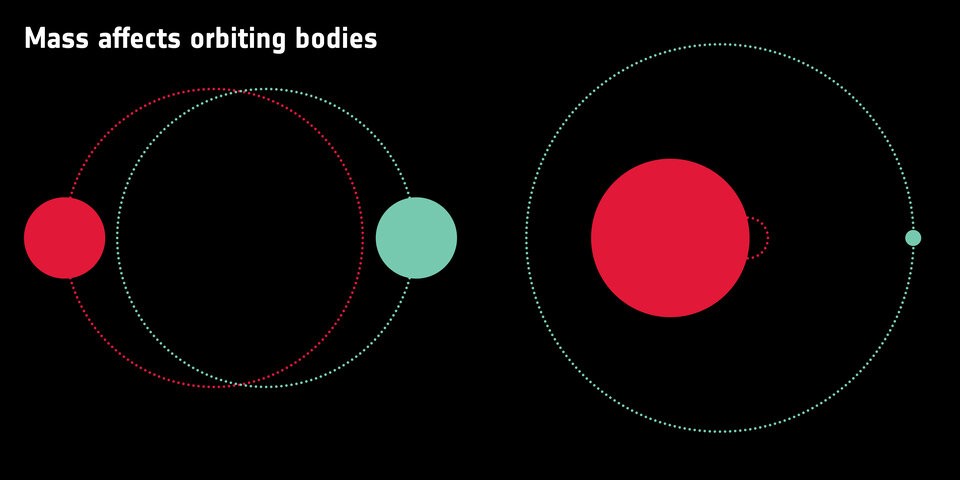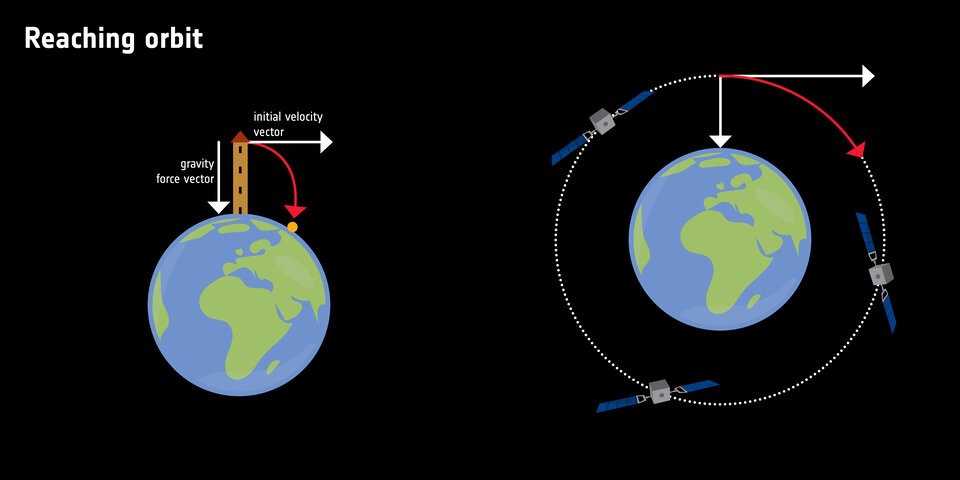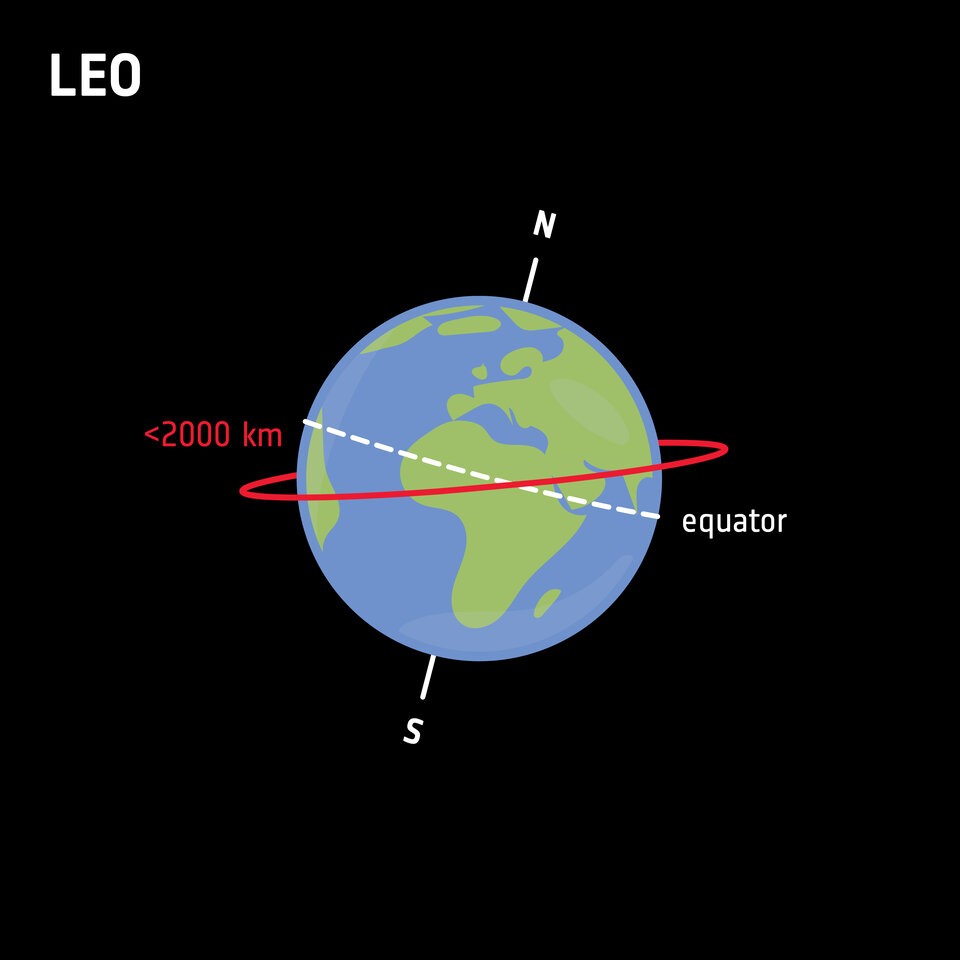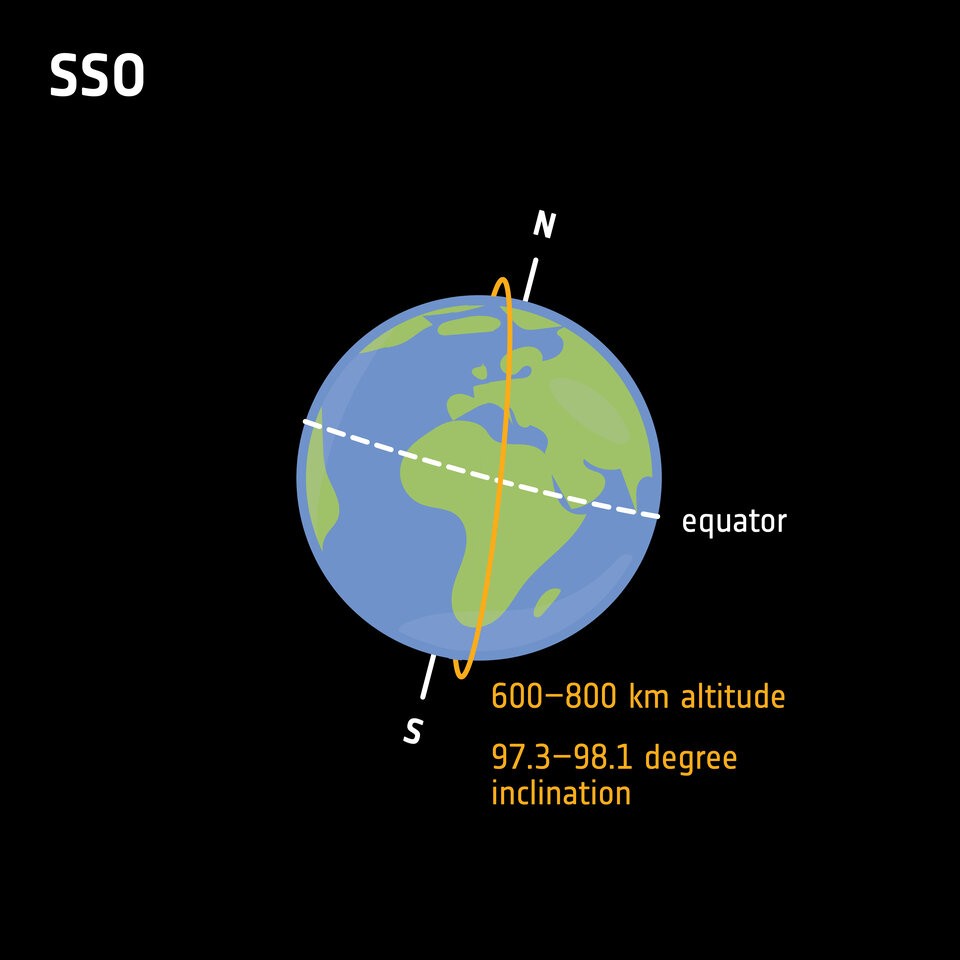The major constellation that appears to travel around the Earth is not a single constellation, but rather the band of constellations that the Sun, Moon, and planets appear to move through over the course of a year, known as the zodiac. SIXT.VN can help you plan a trip to a location with clear skies for optimal stargazing, ensuring you experience the beauty of these celestial patterns. Explore the cosmos with us and discover unforgettable destinations.
1. Understanding Constellations and Their Movement
1.1 What are Constellations?
Constellations are groupings of stars that ancient cultures identified and named after mythological figures, animals, or objects. While the stars within a constellation appear close together from our perspective on Earth, they are often vastly distant from each other in space. Constellations are used as a way to navigate the night sky and understand our place in the universe. According to research from the International Astronomical Union (IAU) in 1922, the modern list of 88 constellations was formally accepted.
1.2 Why Do Constellations Appear to Move?
The apparent movement of constellations is due to two primary factors:
- Earth’s Rotation: As Earth rotates on its axis, different parts of the sky become visible at different times of the night. This causes all celestial objects, including constellations, to appear to rise in the east and set in the west.
- Earth’s Orbit: As Earth orbits the Sun, our perspective on the stars changes gradually throughout the year. This is why we see different constellations at different times of the year. According to NASA, Earth’s orbit is elliptical, causing slight variations in the apparent speed of the Sun’s movement.
 Earths Orbit Around the Sun
Earths Orbit Around the Sun
1.3 The Zodiac: The Path of the Sun, Moon, and Planets
The zodiac is a band of constellations that lies along the ecliptic, which is the apparent path of the Sun as seen from Earth over the course of a year. The Moon and planets also appear to move within this band. The zodiacal constellations are:
- Aries
- Taurus
- Gemini
- Cancer
- Leo
- Virgo
- Libra
- Scorpio
- Sagittarius
- Capricorn
- Aquarius
- Pisces
According to research from the IAU in 1930, astronomers standardized the boundaries of the zodiacal constellations, but the astrological dates associated with these constellations have shifted over time due to precession.
2. Key Constellations in the Zodiac
2.1 Aries (The Ram)
Aries is a small constellation best visible in the Northern Hemisphere during the autumn months. It is known for its bright stars, Hamal, Sheratan, and Mesarthim. In Greek mythology, Aries represents the ram with the golden fleece.
2.2 Taurus (The Bull)
Taurus is a prominent constellation visible in the winter sky. It contains the bright star Aldebaran and the Pleiades star cluster, also known as the Seven Sisters. Taurus is often associated with the Minoan Bull in mythology.
2.3 Gemini (The Twins)
Gemini is easily recognizable by its two bright stars, Castor and Pollux. It is best seen in the winter and spring. Gemini represents the twins Castor and Pollux from Greek mythology, known for their brotherly love and adventures.
2.4 Cancer (The Crab)
Cancer is a faint constellation visible in the spring. It contains the star cluster M44, also known as the Beehive Cluster. In mythology, Cancer is associated with the crab that attacked Hercules during his labors.
2.5 Leo (The Lion)
Leo is a prominent constellation visible in the spring sky. It is known for its bright star Regulus and the distinctive sickle-shaped asterism. Leo represents the Nemean Lion, which Hercules had to slay as one of his twelve labors.
2.6 Virgo (The Maiden)
Virgo is a large constellation visible in the late spring and summer. It contains the bright star Spica and is associated with the goddess of agriculture. Virgo is often depicted holding a sheaf of wheat.
2.7 Libra (The Scales)
Libra is a constellation visible in the summer sky. It is the only zodiac constellation that represents an object rather than a person or animal. Libra symbolizes balance and justice.
2.8 Scorpio (The Scorpion)
Scorpio is a striking constellation visible in the summer. It contains the bright star Antares and is known for its distinctive curved shape. Scorpio represents the scorpion that stung Orion in mythology.
2.9 Sagittarius (The Archer)
Sagittarius is a constellation visible in the summer sky. It is often depicted as a centaur drawing a bow and arrow. Sagittarius is associated with wisdom, knowledge, and exploration.
2.10 Capricorn (The Sea Goat)
Capricorn is a constellation visible in the autumn sky. It is represented as a mythical creature with the body of a goat and the tail of a fish. Capricorn is associated with ambition, discipline, and perseverance.
2.11 Aquarius (The Water Bearer)
Aquarius is a constellation visible in the autumn sky. It is often depicted as a man pouring water from a jar. Aquarius is associated with innovation, progress, and humanitarianism.
2.12 Pisces (The Fish)
Pisces is a constellation visible in the winter sky. It is represented by two fish swimming in opposite directions. Pisces is associated with intuition, creativity, and spirituality.
3. Observing the Constellations
3.1 Best Times to Observe
The best time to observe constellations depends on the specific constellation and your location. Generally, constellations are best viewed when they are highest in the sky and away from city lights. Websites like Time and Date, and apps like SkyView® Lite, provide information on when and where to see specific constellations from your location.
3.2 Tools for Stargazing
- Binoculars: Binoculars can enhance your view of constellations and reveal fainter stars.
- Telescope: A telescope can provide even more detailed views of constellations and deep-sky objects.
- Star Charts: Star charts can help you identify constellations and navigate the night sky.
- Planetarium Apps: Apps like SkyView® Lite use augmented reality to help you identify constellations and planets in real-time.
3.3 Tips for Optimal Viewing
- Find a Dark Location: Light pollution can make it difficult to see constellations. Try to find a location away from city lights.
- Allow Your Eyes to Adjust: It takes about 20-30 minutes for your eyes to fully adjust to the darkness.
- Use a Red Flashlight: Red light does not affect your night vision as much as white light.
- Dress Warmly: Even on summer nights, it can get cold when you are stargazing.
4. Cultural Significance of Constellations
4.1 Ancient Mythology and Folklore
Constellations have played a significant role in human culture for thousands of years. Ancient civilizations developed myths and legends to explain the patterns of stars in the sky. These stories often reflected their beliefs, values, and understanding of the world. For instance, Greek mythology is full of stories about the constellations, with each having its unique tale.
4.2 Navigation and Timekeeping
Historically, constellations were used for navigation and timekeeping. Sailors used the stars to guide their ships across the oceans, and farmers used the position of constellations to determine when to plant and harvest crops. According to historical records, ancient Egyptians used constellations to align their pyramids and temples.
4.3 Modern Astronomy and Astrology
Today, constellations are still used by astronomers to map the sky and study the universe. In astrology, the position of the Sun, Moon, and planets in the zodiac constellations is believed to influence personality and life events. While astronomy is a science, astrology is a pseudoscience that lacks empirical evidence.
 Reaching orbit
Reaching orbit
5. Deep Dive into Earth Orbits
5.1 Geostationary Orbit (GEO)
Geostationary orbit (GEO) is a high-altitude orbit approximately 35,786 km (22,236 miles) above Earth’s equator. Satellites in GEO orbit Earth at the same rate as Earth rotates, making them appear stationary from the ground. GEO is commonly used for communication and weather satellites. According to the Union of Concerned Scientists, as of January 2024, there were 570 active GEO satellites.
5.2 Low Earth Orbit (LEO)
Low Earth orbit (LEO) is an orbit relatively close to Earth’s surface, typically at an altitude of less than 2,000 km (1,200 miles). LEO satellites orbit Earth more quickly than GEO satellites, completing an orbit in about 90 minutes. LEO is used for satellite imaging, scientific research, and the International Space Station (ISS). According to NASA, the ISS orbits Earth at an altitude of approximately 400 km (250 miles).
5.3 Polar Orbit (PO)
Polar orbits are a type of low Earth orbit where satellites travel around Earth from pole to pole. PO satellites can see every part of the planet as Earth rotates beneath them, making them useful for Earth observation and weather monitoring.
5.4 Sun-Synchronous Orbit (SSO)
Sun-synchronous orbit (SSO) is a special type of polar orbit where satellites pass over the same location on Earth at the same local time every day. SSO is ideal for monitoring changes over time, such as deforestation or rising sea levels. The European Space Agency (ESA) uses SSO satellites for its Sentinel missions.
5.5 Medium Earth Orbit (MEO)
Medium Earth orbit (MEO) is an orbit between LEO and GEO, typically at an altitude of 2,000 to 35,786 km (1,200 to 22,236 miles). MEO is commonly used for navigation satellites, such as the Global Positioning System (GPS) and the European Galileo system.
6. Earth’s Motion and the Zodiac
6.1 Earth’s Rotation and Daily Motion
Earth’s rotation on its axis causes the apparent daily motion of the stars and constellations. As Earth rotates, we see different parts of the sky at different times of the night. This is why constellations appear to rise in the east and set in the west.
6.2 Earth’s Orbit and Annual Motion
Earth’s orbit around the Sun causes the apparent annual motion of the constellations. As Earth moves around the Sun, our perspective on the stars changes gradually throughout the year. This is why we see different constellations at different times of the year. According to research from the IAU in 1928, the apparent path of the Sun through the zodiac is called the ecliptic.
6.3 Precession and Shifting Constellations
Precession is the slow, gradual wobble of Earth’s axis over a period of about 26,000 years. This wobble causes the position of the stars to shift slightly over time. As a result, the astrological dates associated with the zodiac constellations have shifted over the centuries. According to NASA, precession is caused by the gravitational pull of the Sun and Moon on Earth’s equatorial bulge.
7. Space Exploration and Constellation Study
7.1 Telescopes and Observatories
Telescopes and observatories play a crucial role in studying constellations and other celestial objects. Ground-based telescopes, such as the Very Large Telescope (VLT) in Chile, allow astronomers to observe the sky from a fixed location on Earth. Space-based telescopes, such as the Hubble Space Telescope, provide a clear view of the universe without the interference of Earth’s atmosphere.
7.2 Space Missions and Discoveries
Space missions have provided valuable data and images of constellations and other celestial objects. Missions like the Gaia mission have mapped the positions and motions of billions of stars in our galaxy, providing a better understanding of the structure and evolution of the Milky Way. According to ESA, the Gaia mission has produced the most detailed map of the Milky Way ever created.
7.3 Future of Constellation Research
The future of constellation research is promising, with new telescopes and space missions planned for the coming years. These missions will provide even more detailed data and images of the stars and constellations, helping us to unlock the secrets of the universe.
 Geostationary orbit
Geostationary orbit
8. Planning a Stargazing Trip
8.1 Choosing a Location
When planning a stargazing trip, it’s important to choose a location with dark skies and minimal light pollution. Rural areas, national parks, and observatories are often good choices. Websites like Dark Sky Finder can help you find dark sky locations near you.
8.2 Packing Essentials
- Warm Clothes: Even on summer nights, it can get cold when you are stargazing.
- Binoculars or Telescope: Binoculars or a telescope can enhance your view of the constellations.
- Star Charts or Planetarium App: Star charts or a planetarium app can help you identify constellations.
- Red Flashlight: Red light does not affect your night vision as much as white light.
- Blanket or Chair: A blanket or chair will make you more comfortable while stargazing.
8.3 Booking with SIXT.VN
SIXT.VN can help you plan your stargazing trip by providing convenient transportation options, including airport transfers and rental cars. We can also assist you with booking accommodations and tours in your chosen stargazing location.
Address: 260 Cau Giay, Hanoi, Vietnam
Hotline/Whatsapp: +84 986 244 358
Website: SIXT.VN
9. How SIXT.VN Enhances Your Travel Experience
9.1 Airport Transfers
SIXT.VN offers reliable and comfortable airport transfer services to ensure a smooth start to your trip. Our professional drivers will meet you at the airport and take you directly to your hotel or other destination.
9.2 Hotel Booking
SIXT.VN can help you find the perfect accommodations for your trip. We offer a wide range of hotels to choose from, catering to all budgets and preferences.
9.3 Tour Packages
SIXT.VN offers a variety of tour packages to help you explore your destination. Our tour packages include guided tours of popular attractions, as well as unique cultural experiences.
9.4 Travel Support
SIXT.VN provides 24/7 travel support to assist you with any questions or concerns you may have during your trip. Our friendly and knowledgeable staff are always available to help.
10. Common Misconceptions about Constellations
10.1 Constellations Are Flat
One common misconception is that constellations are flat patterns of stars. In reality, the stars in a constellation are often vastly distant from each other in space. They only appear close together from our perspective on Earth.
10.2 Constellations Are Permanent
Another misconception is that constellations are permanent and unchanging. While the patterns of stars in a constellation appear to remain the same over human timescales, they are actually slowly changing due to the motion of the stars through space. According to astronomical models, constellations will look significantly different in tens of thousands of years.
10.3 Astrology Is a Science
Many people believe that astrology is a science. However, astrology is a pseudoscience that lacks empirical evidence. The claims made by astrologers have not been supported by scientific research. Astronomy is the scientific study of the universe, while astrology is a belief system that attempts to predict the future based on the position of celestial objects.
 Low Earth orbit
Low Earth orbit
11. Why Choose SIXT.VN for Your Travel Needs?
11.1 Convenience and Reliability
SIXT.VN offers convenient and reliable travel services to make your trip as smooth as possible. Our online booking platform is easy to use, and our customer support team is available 24/7 to assist you with any questions or concerns.
11.2 Wide Range of Services
SIXT.VN provides a wide range of travel services, including airport transfers, hotel booking, tour packages, and travel support. We can help you plan every aspect of your trip, from start to finish.
11.3 Competitive Prices
SIXT.VN offers competitive prices on all of our travel services. We work with a network of trusted partners to provide you with the best possible deals.
11.4 Personalized Service
SIXT.VN provides personalized service to ensure that your trip meets your specific needs and preferences. Our travel experts can help you customize your itinerary and choose the best activities and attractions for your interests.
12. Call to Action
Ready to explore the constellations and plan your next stargazing adventure? Contact SIXT.VN today to learn more about our travel services and book your trip.
Address: 260 Cau Giay, Hanoi, Vietnam
Hotline/Whatsapp: +84 986 244 358
Website: SIXT.VN
Let SIXT.VN take care of the details, so you can focus on enjoying the beauty of the night sky. Discover the wonders of the universe with us and create unforgettable memories. Experience seamless travel with our reliable airport transfers, comfortable accommodations, and expertly curated tour packages. Your adventure awaits!
13. The Future of Stargazing
13.1 Dark Sky Initiatives
As light pollution continues to increase, dark sky initiatives are becoming increasingly important for preserving the night sky. Organizations like the International Dark-Sky Association (IDA) work to protect dark sky locations and educate the public about the importance of reducing light pollution. By supporting these initiatives, we can help ensure that future generations will have the opportunity to experience the beauty of the night sky.
13.2 Technological Advancements
Technological advancements are also enhancing the stargazing experience. New telescopes and cameras are allowing astronomers and amateur stargazers to see the universe in greater detail than ever before. Planetarium apps and virtual reality experiences are making it easier for people to learn about constellations and explore the cosmos from the comfort of their own homes.
13.3 Space Tourism
Space tourism is an emerging industry that could revolutionize the way people experience the universe. Companies like SpaceX and Blue Origin are developing spacecraft that will allow tourists to travel to space and see Earth from a new perspective. While space tourism is currently only available to a select few, it could become more accessible in the future, opening up new opportunities for people to explore the cosmos.
14. Constellations Beyond the Zodiac
14.1 Ursa Major and Ursa Minor
Ursa Major, also known as the Great Bear, is one of the most recognizable constellations in the Northern Hemisphere. It contains the Big Dipper asterism, which can be used to locate Polaris, the North Star. Ursa Minor, also known as the Little Bear, contains Polaris and the Little Dipper asterism.
14.2 Orion
Orion is a prominent constellation visible in the winter sky. It is known for its bright stars, Betelgeuse and Rigel, and the Orion Nebula, a star-forming region. Orion is often depicted as a hunter in mythology.
14.3 Crux
Crux, also known as the Southern Cross, is a small but distinctive constellation visible in the Southern Hemisphere. It is used for navigation and is featured on the flags of several countries, including Australia and New Zealand.
 Polar and Sun-synchronous orbit
Polar and Sun-synchronous orbit
15. The Importance of Preserving Dark Skies
15.1 Ecological Impact
Light pollution has a significant impact on the environment. Artificial light can disrupt the natural behavior of animals, including birds, insects, and sea turtles. It can also affect plant growth and pollination. By reducing light pollution, we can help protect ecosystems and preserve biodiversity.
15.2 Energy Conservation
Light pollution wastes energy. Many outdoor lights are inefficient and poorly shielded, allowing light to escape into the sky where it is not needed. By using energy-efficient lighting and shielding lights properly, we can reduce energy consumption and save money.
15.3 Human Health
Light pollution can affect human health. Exposure to artificial light at night can disrupt our circadian rhythms, leading to sleep problems, mood disorders, and other health issues. By reducing light pollution, we can improve our health and well-being.
16. FAQ about Major Constellations
16.1 What is the most famous constellation?
The most famous constellation is likely Ursa Major, also known as the Big Bear, due to its prominent Big Dipper asterism.
16.2 How many constellations are there?
There are 88 officially recognized constellations, covering the entire celestial sphere.
16.3 What is the zodiac?
The zodiac is a band of 12 constellations that lie along the ecliptic, the apparent path of the Sun as seen from Earth over the course of a year.
16.4 What is the brightest star in the night sky?
The brightest star in the night sky is Sirius, located in the constellation Canis Major.
16.5 What is the North Star?
The North Star, also known as Polaris, is a star that appears to remain fixed in the northern sky. It is located in the constellation Ursa Minor.
16.6 How can I find constellations in the night sky?
You can find constellations by using star charts, planetarium apps, or by attending a stargazing event with experienced observers.
16.7 What is light pollution?
Light pollution is the excessive or misdirected artificial light that can obscure the night sky and disrupt ecosystems.
16.8 How can I reduce light pollution?
You can reduce light pollution by using energy-efficient lighting, shielding lights properly, and advocating for dark sky initiatives in your community.
16.9 What are some good locations for stargazing?
Good locations for stargazing include rural areas, national parks, and observatories that are far away from city lights.
16.10 What is the best time of year to see the Milky Way?
The best time of year to see the Milky Way in the Northern Hemisphere is during the summer months, from June to August, when the galactic center is highest in the sky.



